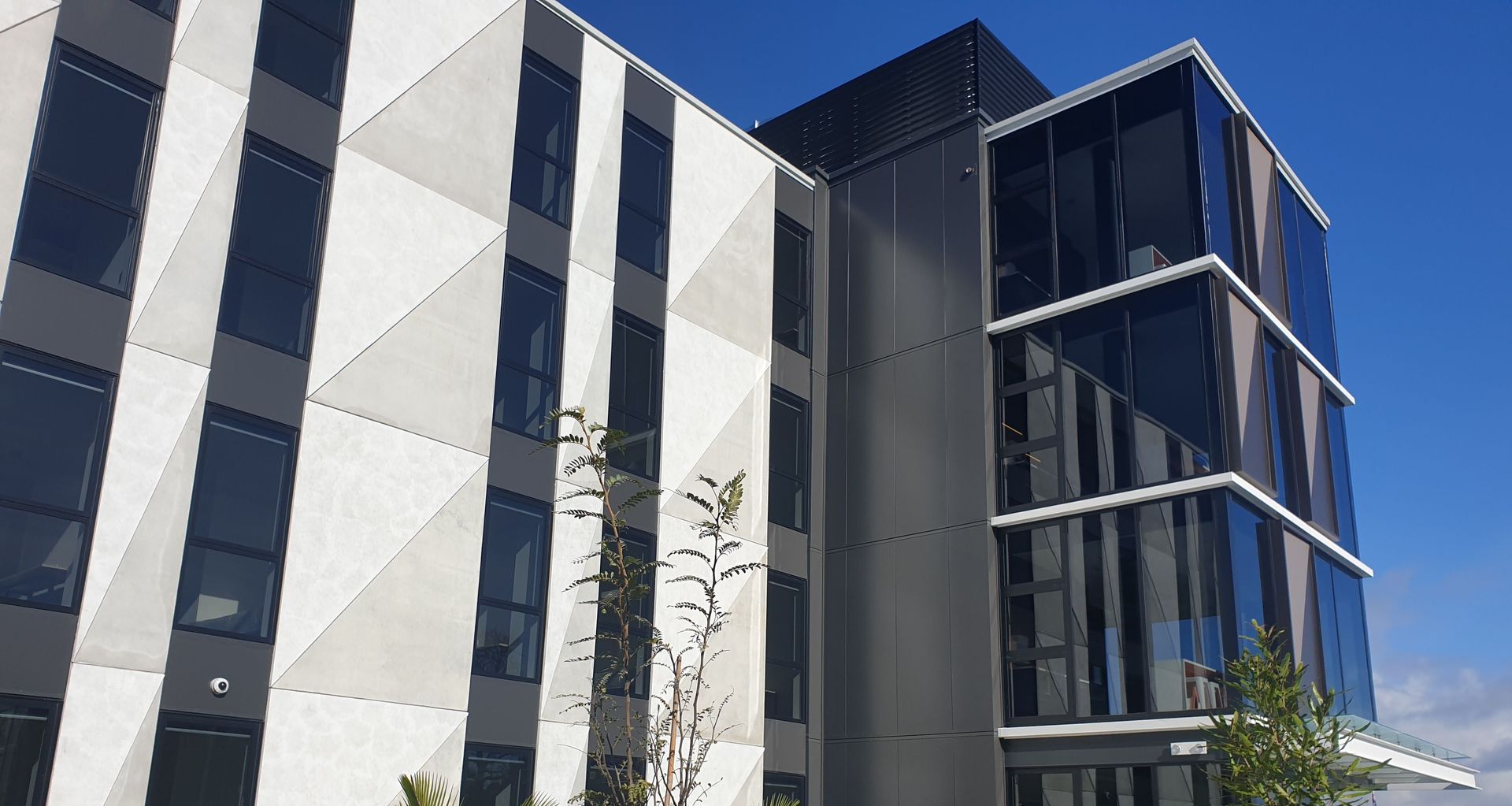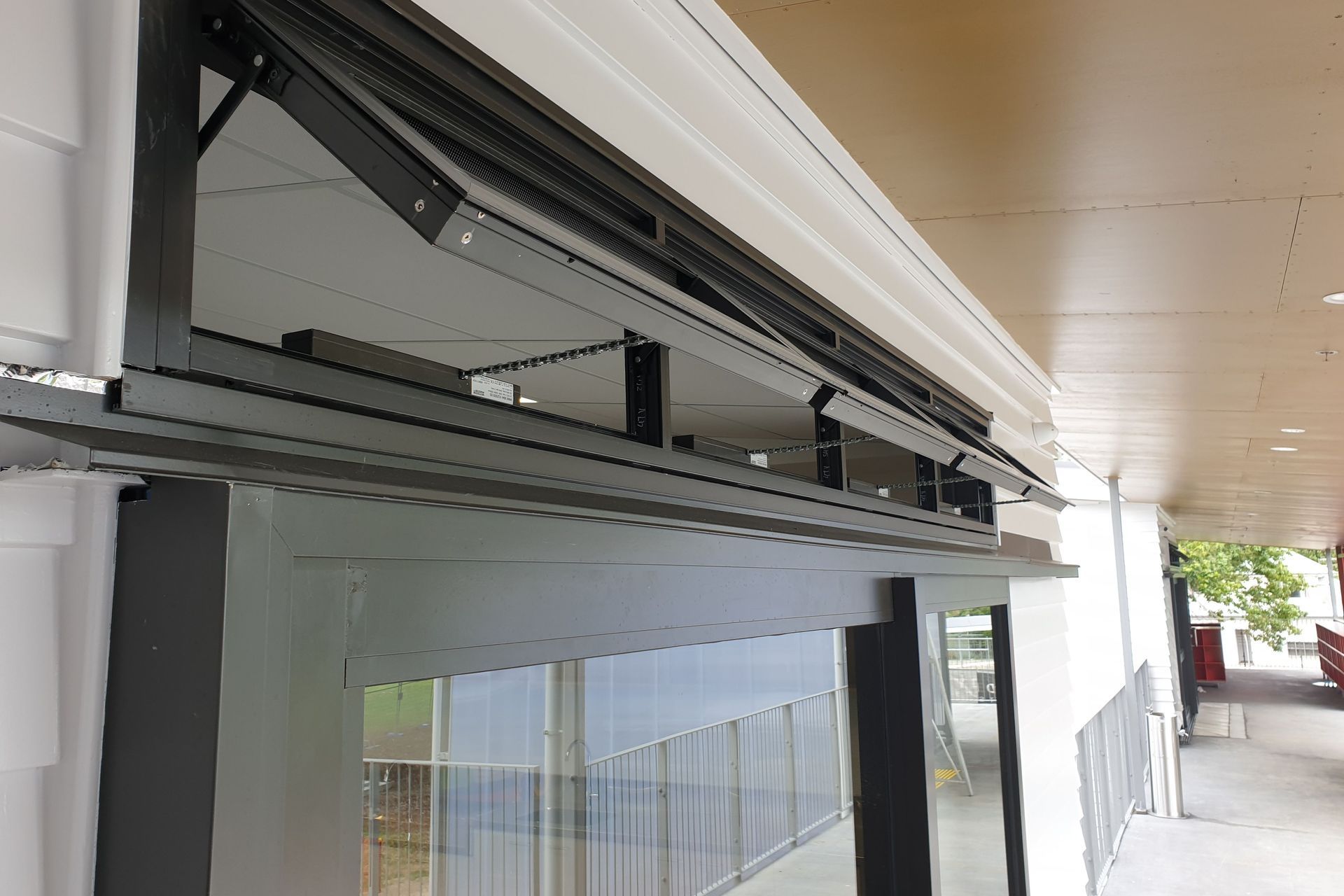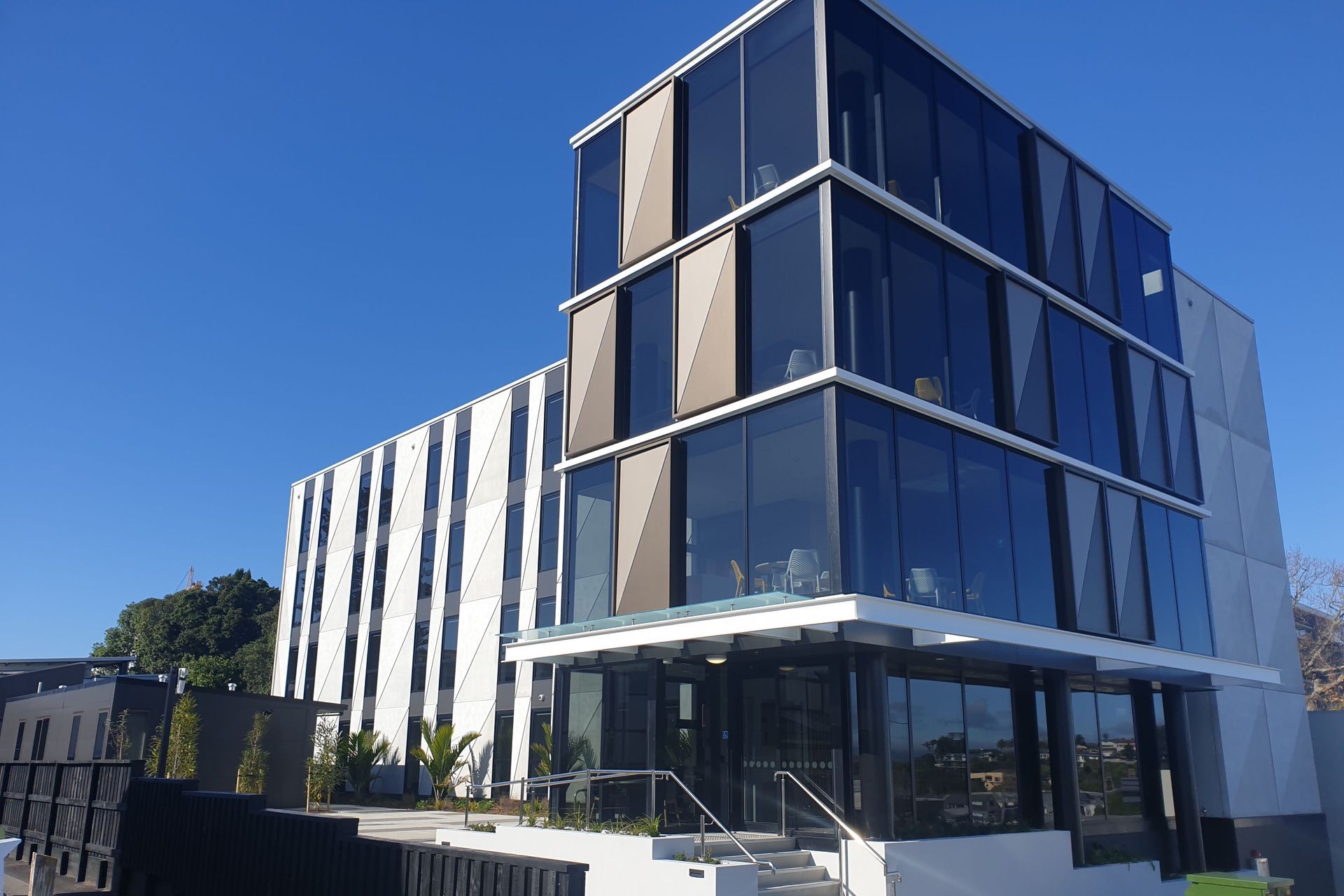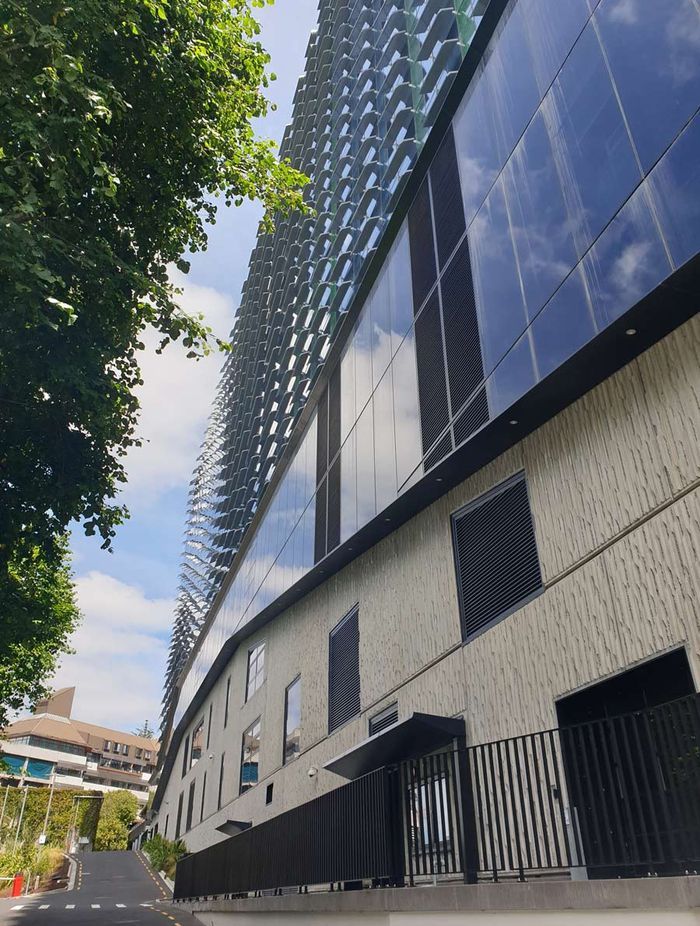The automated window technology making buildings healthier and safer
Written by
09 November 2023
•
4 min read

Apartment complexes, educational buildings, hospitals and projects such as clubhouses and sports centres are used by large groups of people every day.
Whether it’s a place of residence, work or play, it’s important for indoor environments such as these to be healthy – 85-90 per cent of our day is spent indoors, and research suggests that much of the indoor air we inhale is in need of a refresh. In doing so, buildings can also be more sustainable and cost-effective – building life cycle costs, including operating cost and maintenance, are around five times cheaper with natural ventilation compared to mechanical ventilation.
Across New Zealand, EllisCo is helping to achieve this with its supply of natural ventilation solutions for projects of all sizes and complexities.

Natural ventilation
Architects are well-versed in designing spaces that take advantage of natural heating and cooling with cross-ventilation and stack-ventilation. However, no two buildings are the same and it can be difficult to manually control temperatures while keeping all building occupants happy.
Focused on creating healthy indoor environments, WindowMaster’s range of controllers can be used in commercial buildings to improve air quality and intelligently adjust indoor temperatures.
Designed and manufactured for nearly every window type, WindowMaster’s actuator systems measure temperature levels – and CO2 levels, if desired – in a room and can open and close the windows automatically.
This includes at nightime, explains Peter Millard, technical services director for EllisCo.
“WindowMaster’s controllers can be linked to a larger building management system (BMS). In a lot of buildings, this makes it easier for night ventilation where the windows are opened to bring cool air into the building after hours. This means when people arrive in the morning, they’re walking into a clean, fresh environment.”

Smoke extraction
As well as the health and cost benefits of utilising natural ventilation, the systems also play a role in safety.
“For larger commercial buildings such as universities, atriums and hospitals, WindowMaster has controllers that are designed for use as part of smoke extraction systems,” says Millard.
“Sometimes the windows need to open or close depending on the building’s fire design. It is vital that the smoke is removed from the building as quickly as possible to allow everyone to be able to see and breathe in order to escape.”
At the University of Auckland’s Faculty of Engineering campus, EllisCo supplied the WindowMaster Flexismoke smoke panel as part of a larger smoke extraction system in the atrium area of a new 11-storey building for accommodation, learning and research facilities.
“Windows in this area are used to let air in as part of the smoke extraction system, and are also for daily natural ventilation – the same smoke panels are being used for both,” says Millard. This is an example of how, with WindowMaster’s technology, the windows are designed for two purposes – the same controller is for two different functions.
“The actuators operate very quietly, as being a university there will be students studying there at certain times as well.”


Customising the technology with building management systems
In buildings such as this, if the BMS has been designed to allow for night purging – letting stale air out and fresh air in overnight – security is ensured by setting the system so that windows aren’t open enough for people to enter.
During the day, this can also be customised as seasons change to reach a comfortable temperature.
“Building management systems are programmed with what temperature the building needs to be, and that will change throughout the year,” says Millard. “The building management systems are really doing the thinking about the indoor climate and the controllers allow it to achieve its goal in a seamless way, because if a building doesn’t have these controllers, separate controls need to be designed – these can be a lot bulkier, and they don’t have the same functionality.”
While the windows can be automated to close when air conditioning and heat pumps turn on, or open and close at certain times of the day, the systems are designed to also be used manually if needed.
“WindowMaster’s ethos is about creating healthy and comfortable environments for occupants,” says Millard. “In spaces like offices or classrooms, occupants should always have the possibility of controlling their own environment.”
This means that even if a BMS indicates that the windows need to be closed to maintain a certain temperature, it can typically be overridden for 30 minutes.
“It means occupants don’t get frustrated with the automation. The systems can be very flexible in that way.”
Learn more about WindowMaster’s natural ventilation systems from EllisCo.